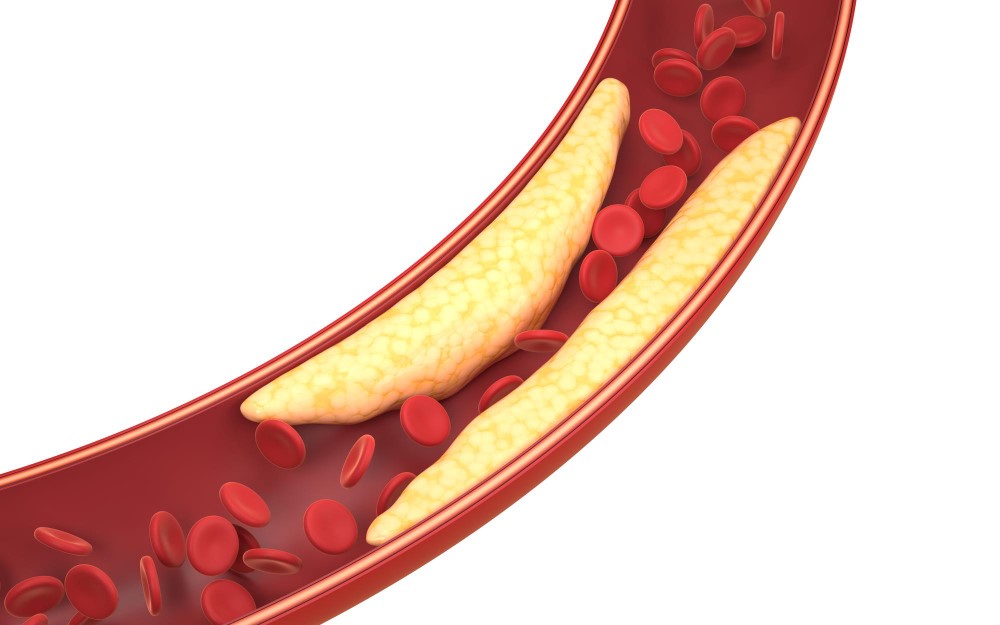Hyperlipidemia might sound complicated, but it simply means having too much fat in your blood. This is not a disease, but it can lead to health issues if left untreated. Many people don’t realize that hyperlipidemia is quite common, affecting many in both cities and villages across India. The lack of symptoms makes awareness essential. In this article, you’ll learn about what causes this condition, its hidden dangers, and how you can manage it effectively. By learning these essential facts, you can take steps to protect your health.
Understanding Hyperlipidemia: A Basic Overview
Lipids are fats that your body needs for energy and making cells. Among these are cholesterol and triglycerides. Cholesterol helps build cells and make vitamins, while triglycerides store unused calories. Hyperlipidemia, often confused with hypercholesterolemia, involves having high levels of these lipids, but specifically high cholesterol. The difference between hyperlipidemia and hypercholesterolemia lies in the specific fat level: overall versus cholesterol alone. Causes can be genetic, meaning they run in families, or from lifestyle choices such as poor diet.
What Causes Hyperlipidemia?
Many factors influence lipid levels. Lifestyle choices, like diet and activity level, are significant. Foods high in fats, often consumed in Indian diets, can lead to hyperlipidemia. Lack of exercise adds to the problem. Medical conditions such as diabetes and thyroid issues also elevate lipid levels. Hyperlipidemia causes include genetics, meaning it’s passed from parents to children—this is especially seen in Indian families. Age and gender also play roles; older people and men are more prone to higher lipid levels. Understanding these factors can help you take action towards prevention.
The Hidden Dangers of Hyperlipidemia
Excess lipids in your blood can damage your blood vessels. This may lead to severe conditions such as heart disease, stroke, or clogged arteries, known as atherosclerosis. Hyperlipidemia is often silent, meaning you won’t feel anything until these complications occur. This silence makes it a sneaky health risk. Without detection, these risks might catch you by surprise. That’s why regular checks are crucial. Spotting the issue early on means you can monitor and manage it effectively, drastically reducing health risks down the line.
Diagnosing Hyperlipidemia: What You Need to Know
Doctors use blood tests to detect hyperlipidemia. Lipid profile tests measure cholesterol and triglyceride levels in the blood. Your doctor will explain the results and what they mean for your health. It’s important to understand your numbers. How often you need testing depends on risk factors, such as family history or existing health conditions. Regular checks ensure you’re not caught unawares. Knowing your levels helps you take control of your health.
Symptoms and Implementation: Recognizing the Unseen
Symptoms of hyperlipidemia rarely appear until it’s too late. Often, people find out they have high lipid levels only after a health scare. Regular check-ups are the best way to catch hyperlipidemia before it leads to serious health issues. Without obvious symptoms, relying on medical evaluations is crucial, especially if you have a family history of lipid problems. This step can make all the difference in early detection and management.
Managing and Treating Hyperlipidemia in India
Managing hyperlipidemia involves lifestyle changes. Start by changing your diet: eat more fruits, vegetables, and whole grains. Limit intake of oily and fatty foods, which are common foods to avoid with hyperlipidemia. Exercise regularly to maintain a healthy weight. Traditional Indian practices like yoga can also help. Modern treatments include medication alongside these lifestyle adjustments. Work with your doctor to find the best hyperlipidemia treatment for you. Together, you can create a plan to manage your lipid levels effectively.
Practical Prevention Tips for Daily Living
Incorporating healthy habits can keep hyperlipidemia at bay. Understand your family history to assess your risk. Adopt a balanced diet for hyperlipidemia by eating more fiber-rich foods and lean proteins. Exercise regularly and avoid tobacco. These simple changes can have significant impacts. Yearly check-ups are essential prevention tools to catch any changes early.
Conclusion: A Call to Action
Hyperlipidemia is prevalent and poses serious health risks. Awareness and understanding of hyperlipidemia risk factors empower you to take charge of your health. Regular screenings and lifestyle changes can prevent severe conditions. By learning about managing hyperlipidemia, you can make decisions that protect your well-being. Remember, understanding the risks and taking action can truly make a life-saving difference.
